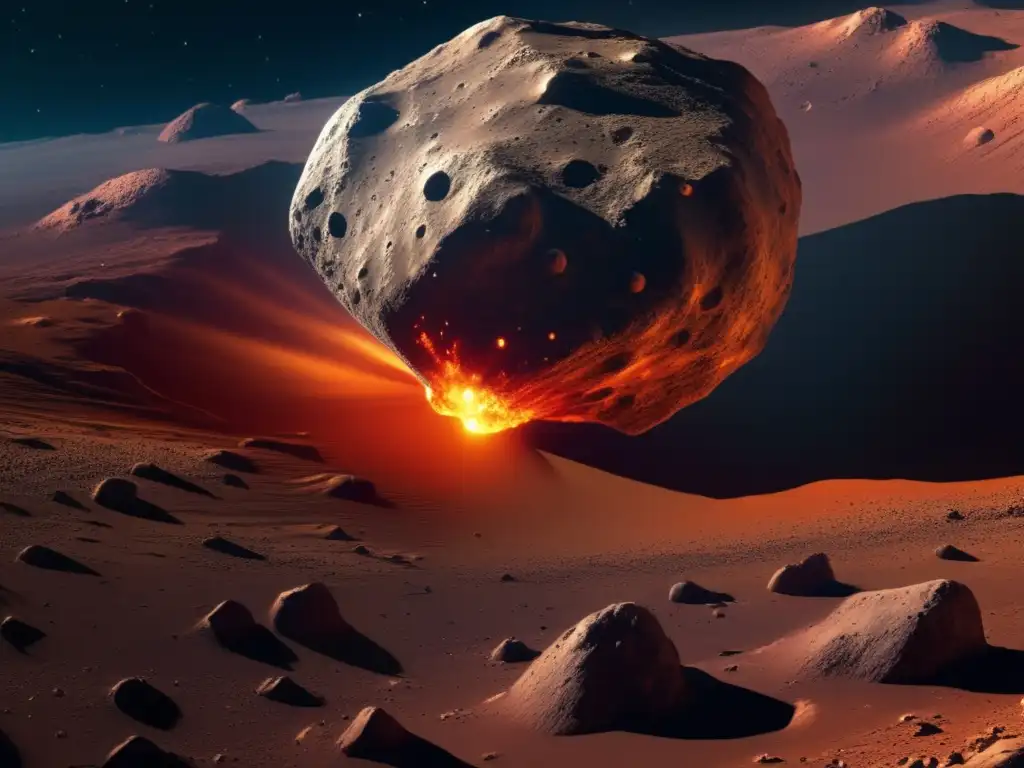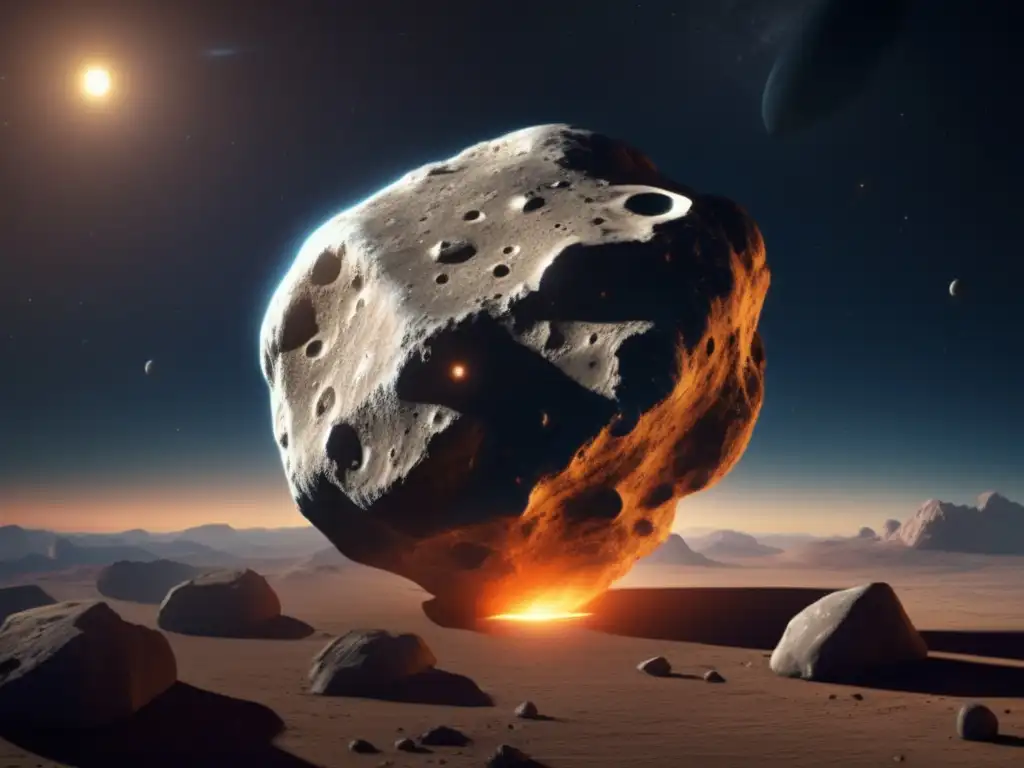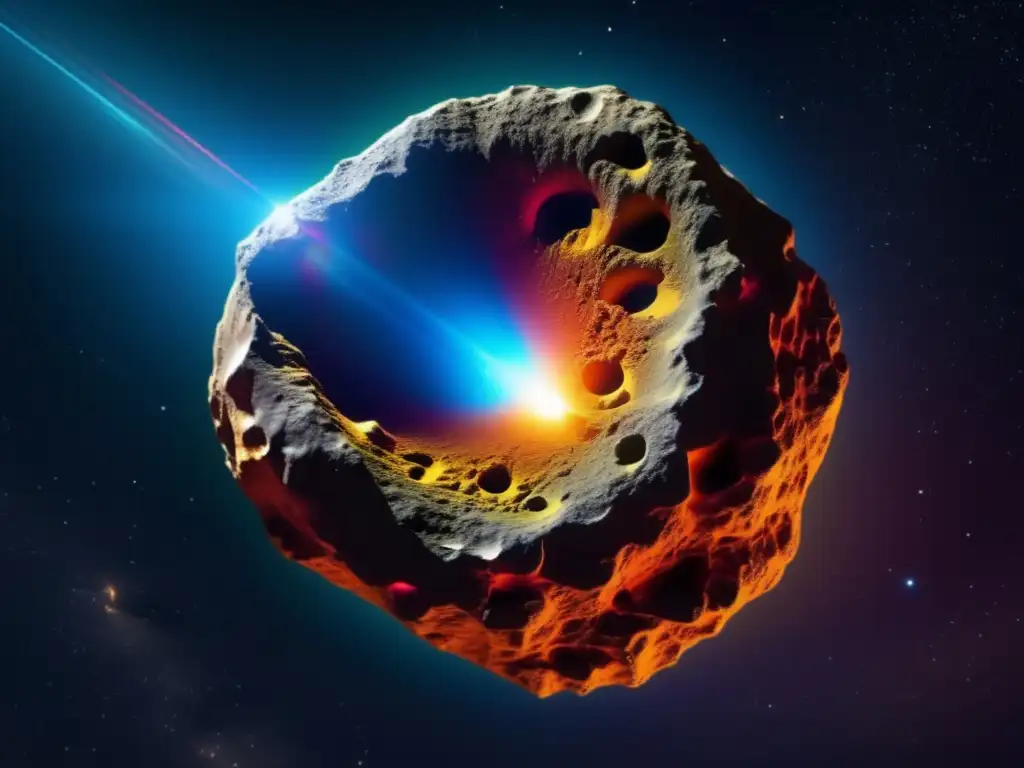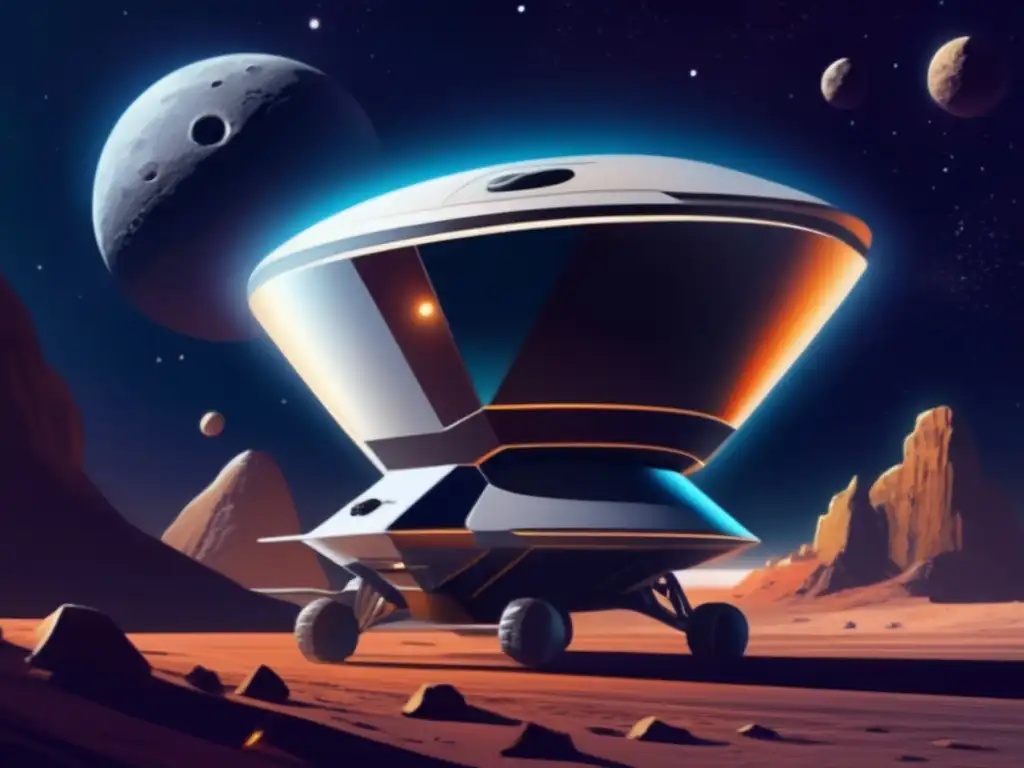The Strange Shape Of The Asteroid Kleopatra

Introduction
In the vast expanse of our solar system, asteroids hold a fascination for astronomers and space enthusiasts alike. These celestial bodies, remnants from the early formation of our solar system, offer valuable insight into the history and composition of our cosmic neighborhood. One such intriguing asteroid is Kleopatra, which stands out not only for its size but also its peculiar shape. In this article, we delve into the strange shape of the asteroid Kleopatra and explore the possible reasons behind its unique form.
The Origin of Kleopatra's Shape

A Flattened Ellipsoid
Kleopatra, officially designated as 216 Kleopatra, was discovered by astronomer R. M. J. Braes and C. J. van Houten in 1880. What sets Kleopatra apart from other asteroids is its peculiar shape - it appears to be a flattened ellipsoid, resembling a dog bone or a dumbbell. This unique form has puzzled scientists for years, leading to various theories about its origin.
Possible Formation Scenarios
One hypothesis suggests that Kleopatra's shape could be the result of a collision with another asteroid or satellite in the past. This impact could have caused the irregular distribution of mass, resulting in the elongated shape we observe today. Another possibility is that Kleopatra experienced a period of rapid rotation, causing it to flatten out due to centrifugal forces. This rotational flattening could have occurred during its formation or due to subsequent gravitational interactions with other celestial bodies.
Structural Integrity
Despite its unconventional appearance, Kleopatra remains structurally stable. Scientists believe that its shape is maintained by self-gravity, allowing it to retain its unique form over billions of years. Understanding the structural integrity and dynamics of asteroids like Kleopatra can provide crucial insights into the behavior of rocky objects in space.
Kleopatra's Composition and Surface

Composition Analysis
Investigations using spectroscopy and other observational techniques have shed light on Kleopatra's composition. Analysis suggests that it is primarily made up of metals, such as iron and nickel, along with some rocky materials. The presence of metals indicates a possible collision with a metallic asteroid in the past, contributing to its unique composition.
Surface Features
While direct observations of Kleopatra's surface are challenging due to its distance from Earth, scientists have made significant progress in understanding its surface features. Radar imaging has revealed a rough and rugged terrain, suggesting a complex geological history. These surface features further emphasize the dynamic nature of asteroids and the diverse processes that shape their landscapes.
Scientific Missions
Further exploration of Kleopatra and other asteroids is crucial to expanding our knowledge of these intriguing celestial bodies. Future scientific missions, such as the European Space Agency's Hera mission, aim to study asteroids up close and gather valuable data to unravel mysteries surrounding their formation, composition, and shapes.
Frequently Asked Questions

-
What causes Kleopatra's strange shape?
Kleopatra's shape is believed to be the result of a past collision or rapid rotation during its formation or subsequent interactions with other objects in space.
-
What is Kleopatra composed of?
Kleopatra primarily consists of metals like iron and nickel, along with rocky materials.
-
How does Kleopatra maintain its shape?
Kleopatra's self-gravity allows it to maintain its unique shape over long periods despite its unconventional appearance.
-
What do we know about Kleopatra's surface?
Radar imaging suggests a rough and rugged surface, indicating a complex geological history.
-
What are future missions planning to explore regarding asteroids like Kleopatra?
Missions like the Hera mission aim to study asteroids up close and gather more data on their formation, composition, and shapes.
Conclusion
The strange shape of the asteroid Kleopatra continues to intrigue scientists and astronomers around the world. Its flattened ellipsoid form raises questions about its origin and evolutionary history. Through ongoing research and future space missions, we hope to uncover more about the fascinating mysteries surrounding asteroids like Kleopatra and gain a deeper understanding of our cosmic neighborhood.
We encourage readers to share their thoughts and engage with www.asteroidrealm.com by subscribing to our newsletter, sharing this article on social networks, and actively participating in the comments section below. Thank you for taking the time to explore the strange shape of the asteroid Kleopatra with us.
Additional Resources

For those interested in delving deeper into the topic of asteroids and celestial bodies, we recommend the following resources:
- NASA - Asteroids
- NASA Solar System Exploration - Asteroids, Comets, and Meteors
- ESA - Hera Mission
- International Astronomical Union - Small Bodies of the Solar System
 The Scientific Relevance Of Asteroid Ida
The Scientific Relevance Of Asteroid Ida The Peculiarities Of The Asteroid Eunomia
The Peculiarities Of The Asteroid Eunomia Unveiling The Secrets Of The Asteroid Juno
Unveiling The Secrets Of The Asteroid JunoIf you want to discover more articles similar to The Strange Shape Of The Asteroid Kleopatra, you can visit the Asteroid Profiles category.
Leave a Reply

Articulos relacionados: